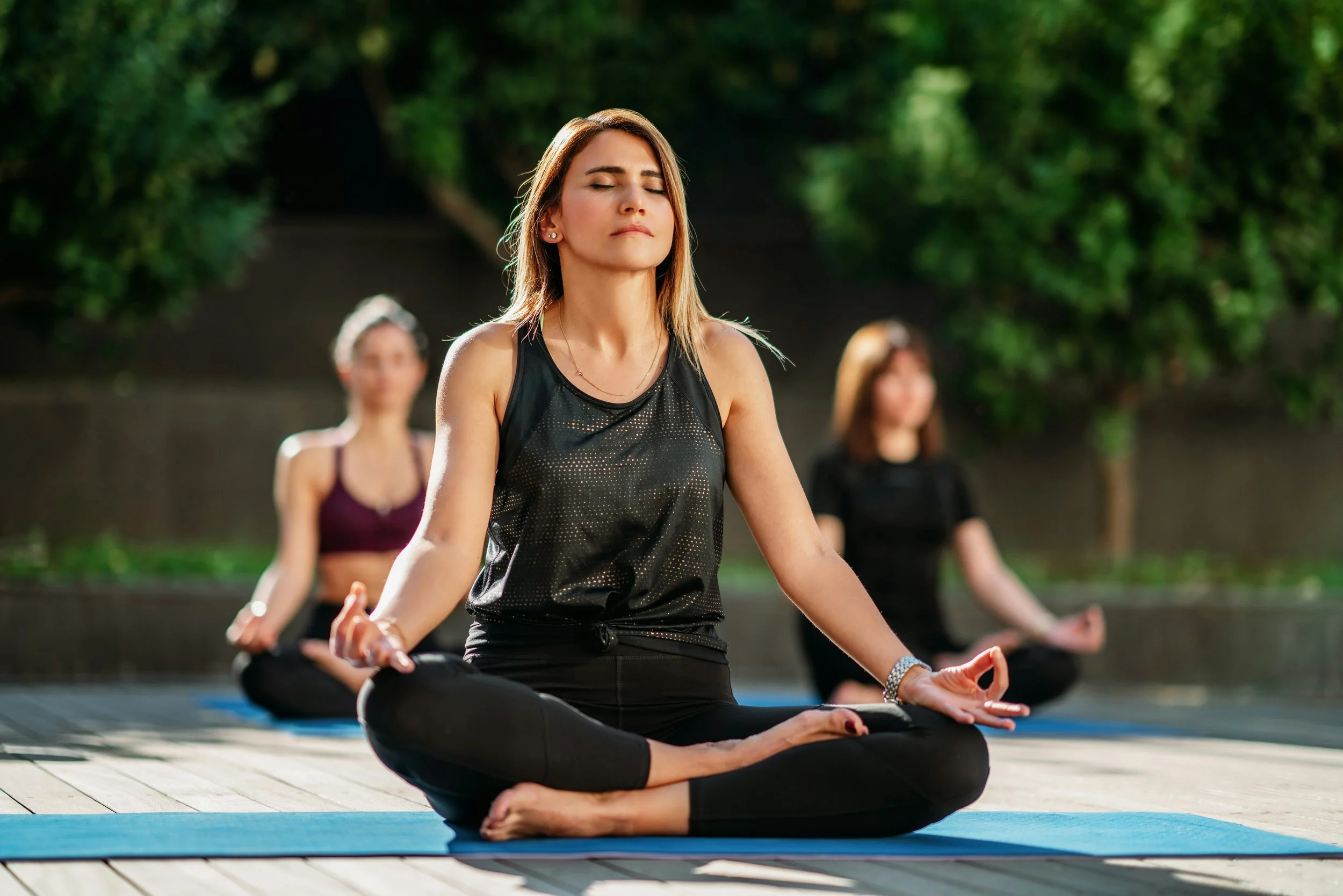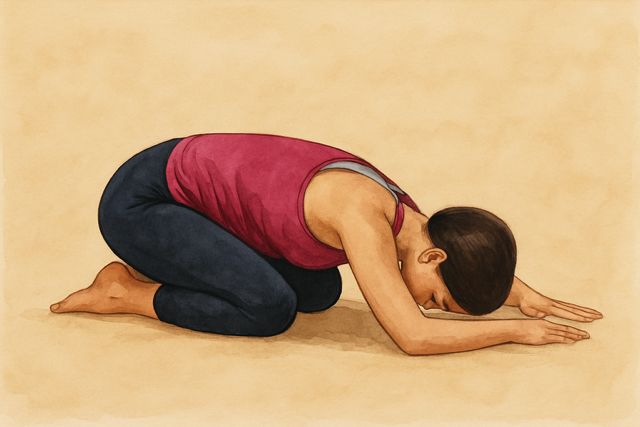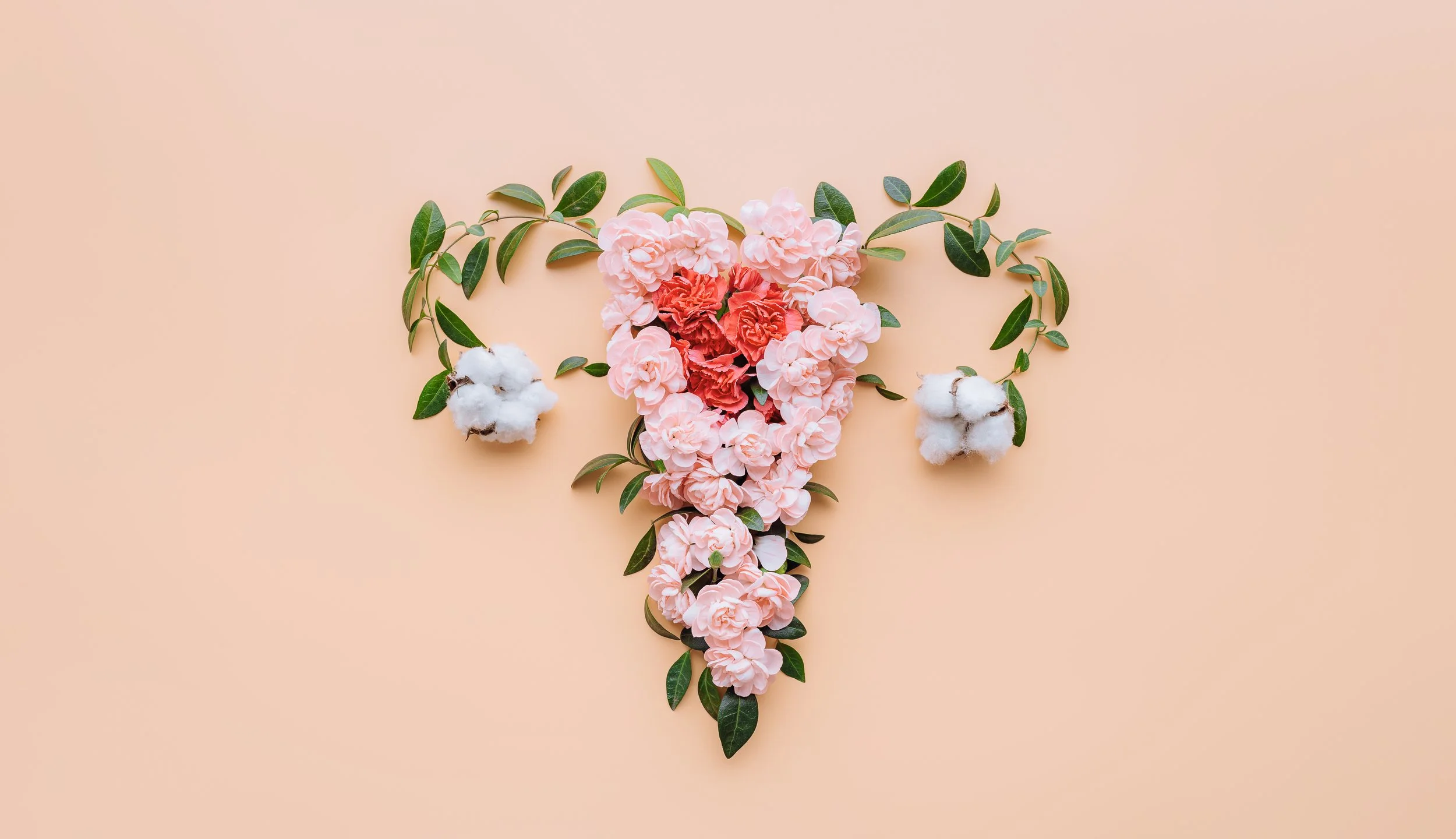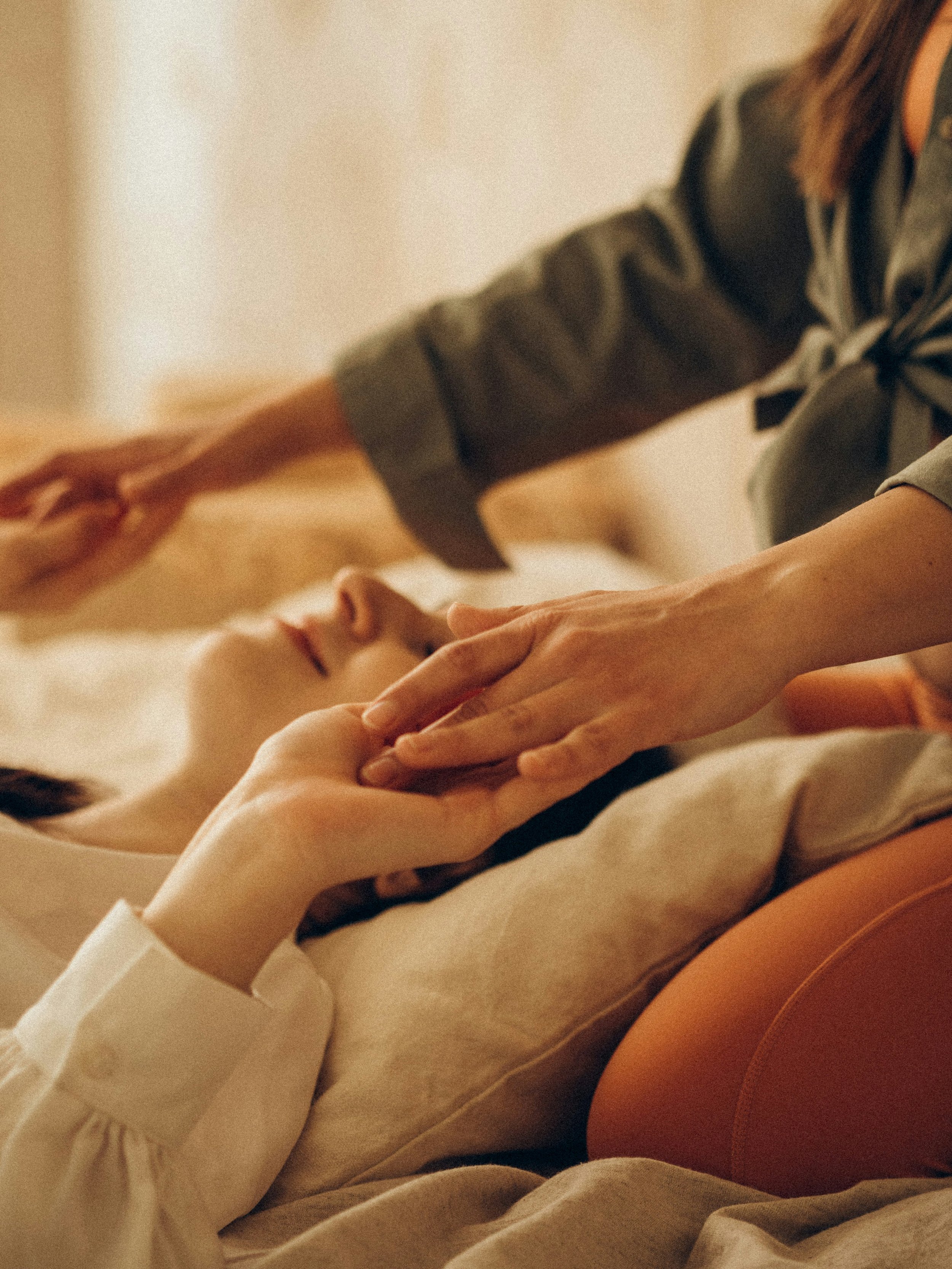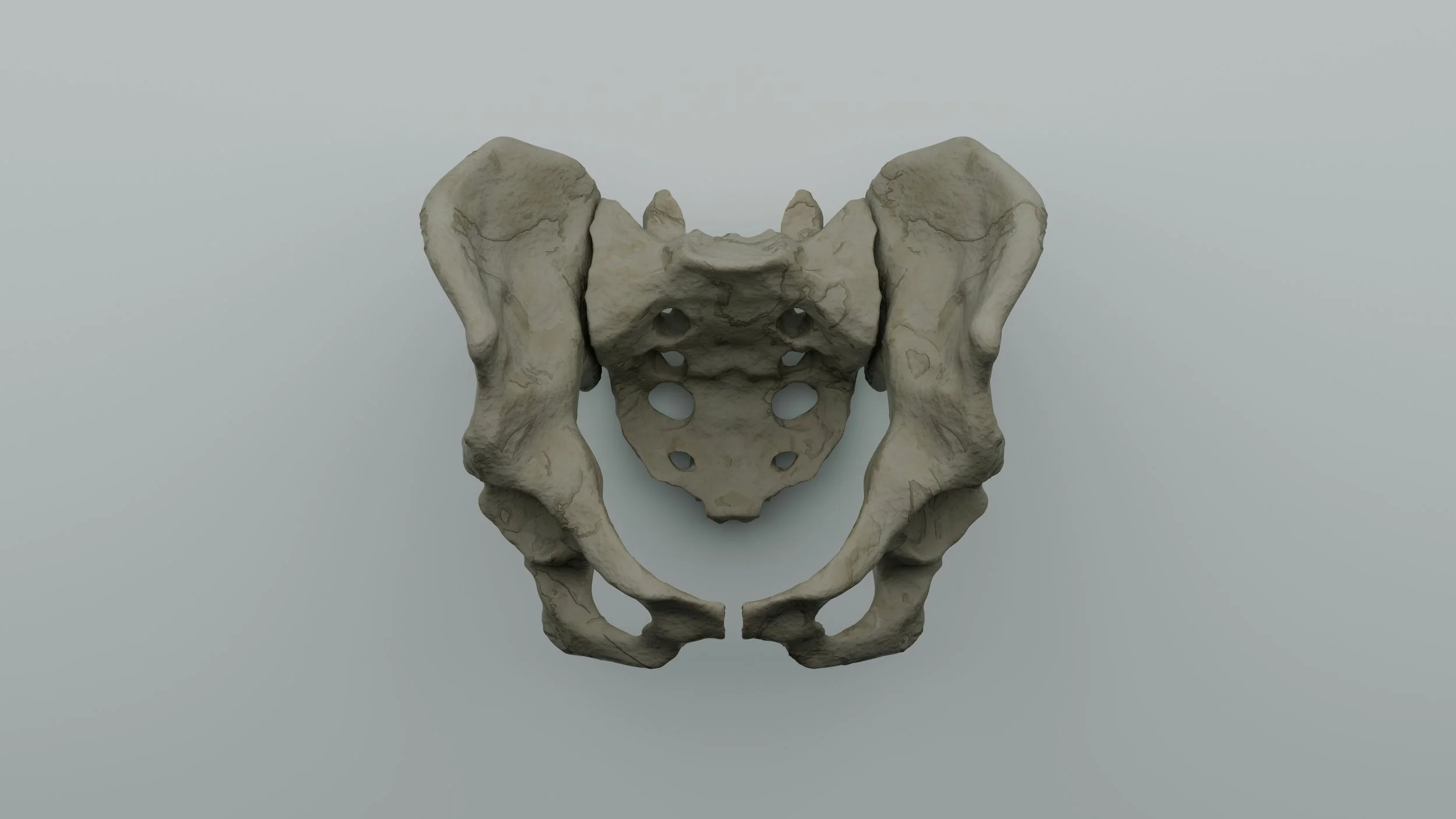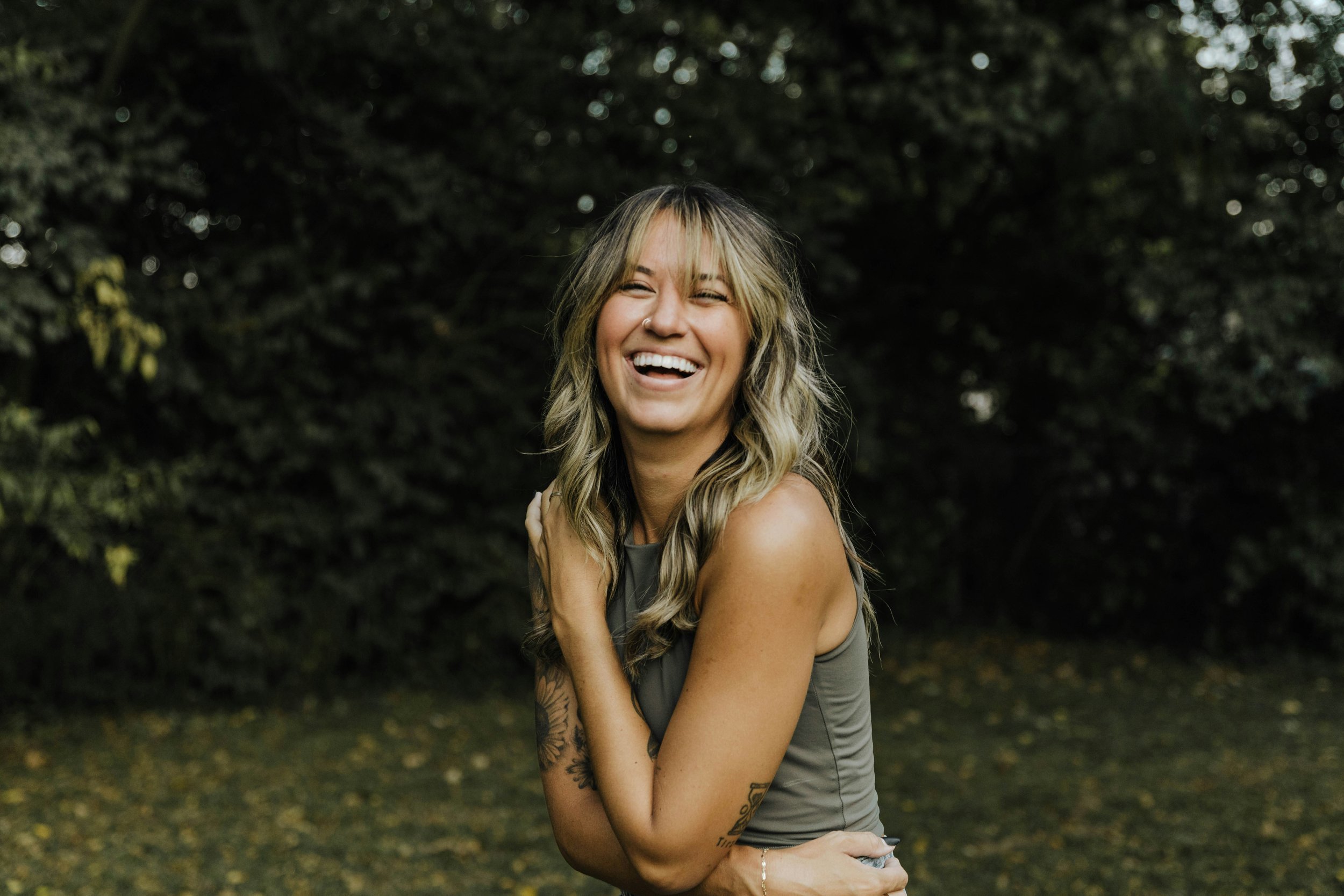
Insights
Pathways to Pain Relief: Insights and Resources for Your Journey
The clitoris. Where it actually is, how it moves, and why your nervous system cares
This part fascinates me.
The clitoris isn’t static.
It responds to breath, pressure changes, arousal, and relaxation.
When the nervous system feels safe:
Blood flow increases
The tissues gently engorge and lift
The bulbs and crura subtly expand and recoil
Sensation feels warm, alive, connected
When the system feels threatened or overloaded:
The tissues may stay guarded
Sensation can feel dulled, buzzy, or overwhelming
Movement becomes restricted — not because anything is “wrong,” but because the body is protecting
This is why pelvic floor tension and clitoral sensation are so closely linked.
A gripping pelvic floor doesn’t just affect continence or prolapse , it changes how pleasure is perceived.
How Smiling Supports Your Nervous System (and Why That Matters for Pelvic Floor Health)
Smiling won’t fix your pelvic floor.
But it can change the conditions your pelvic floor is working under, and that can make a real difference.
Your Spine: The Highway of Movement, Breath & Pelvic Floor Health
Why your spine isn’t just a stack of bones, it’s your body’s communication superhighway
Grief Lives in the Lungs: When Breath Holds What the Heart Can’t
There are some emotions the mind can’t process right away
so the body steps in and protects us.
And the lungs — the place where life arrives breath by breath —
are often where grief takes shelter first.
If you’ve ever felt heartbreak as tightness in your chest, or loss as a collapse in your ribcage, you’ve already felt this truth:
Your breath holds what your heart can’t handle yet.
Why Your Lower Abs Are the Missing Link Between Breath, Spine Mechanics and Pelvic Floor Health
Discover how coordinated breath, lower-abdominal engagement and pelvic-spine alignment, inspired by Diane Lee and The Abby Method, support pelvic floor health, improve continence, and create a springy, resilient spine.
Upper Rib Gripping & Hourglass Syndrome: Why Your Pelvic Floor Needs Your Breath — Not More Bracing
Why Your Upper Abs Might Be Working Overtime
Hourglass Syndrome is a breathing and tension pattern where the upper abdominals grip tightly inward while the lower belly pushes out.
This can lead to:
Ribcage locked down
Diaphragm unable to move fully
Breath stuck high in the chest
Pelvic floor gripping or burning
Pressure forced downward
A nervous system always ready for danger
It’s not a posture problem.
It’s a protection strategy.
Burnout, the Vagus Nerve & Coming Home to Yourself
Burnout can make you feel far from yourself almost like the version of you with softness, energy, and clarity is out of reach.
But she isn’t gone.
She’s waiting.
Waiting for breath.
Waiting for space.
Waiting for safety.
Waiting for you to stop pushing long enough to hear what your body has been saying:
“I just need a moment.
Let me exhale.”
Pessaries, Surgery and Finding Your Way Back to Yourself
Ask:
What do I want my body to feel like next year?
What makes me feel safe?
Is reversibility important?
Do I want a long-term solution or a gentle start?
What support do I have?
You are allowed to take your time.
You are allowed to change your mind.
You are allowed to ask for help.
A pessary isn’t a failure.
Surgery isn’t a failure.
Rehab isn’t a failure.
These are simply different paths to coming home to your body.
The Vagina, Sex & Orgasm: Why Pleasure Supports Pelvic Floor Health, Mood, Blood Flow — and Healthy Ageing
Discover how sex and orgasm support pelvic floor strength, blood flow, mood, and vaginal health, and why pleasure matters at every age.
The Sacrum & Pelvic Floor Health | Hypopressive Scotland
There’s a quiet intelligence in the base of your spine this is a triangular bone that anchors, absorbs, and transmits every movement you make.
We call it the sacrum which comes from the Latin os sacrum, meaning “sacred bone.”
Ancient healers believed it was the seat of the soul, the final bone to return to dust, holding the essence of life within it.
And perhaps they were right.
Because when the sacrum stops moving, so much of us goes still too.
Leaking When You Laugh, Cough or Lift? Here’s What Your Breath and Load Management Must Know
You’re really not alone if you cross your legs before you sneeze or make excuses to avoid jumping on trampolines.
One in three women experience bladder leaks after childbirth and this increases to three in four after menopause, but common doesn’t mean normal.
Two Ways to Breathe for a Strong, Supported Pelvic Floor
Learn the difference between Hypopressives and Pfilates breathing for pelvic floor health. Understand how each works, how to practise them safely, and how combining both builds reflexive lift, awareness, and lasting strength.
Rectocele, Rectal Prolapse & Haemorrhoids | Pelvic Floor & Bowel Health Support.
Learn the difference between rectocele, rectal prolapse, intussusception and haemorrhoids. Discover how breathwork, posture, diet and relaxation can improve bowel health and reduce straining.
Pelvic Floor Tips : 10 Do’s & Don’ts for Prolapse Support & Breathwork
Tired of leaks or pelvic heaviness? These 10 simple do’s and don’ts reveal how breath, posture, and nervous-system balance restore pelvic floor strength and ease. Learn practical, science-based ways to release tension, rebuild reflexes, and support prolapse recovery, without endless Kegels





